Featured Panoramic Photo Above:
Classic Charles Conlon photo of Ty Cobb sliding into Jimmy Austin
Baseball History Comes Alive Now Ranked As a Top Five Website by Feedspot Among All Baseball History Websites and Blogs!
(Check out Feedspot's list of the Top 35 Baseball History websites and blogs)

Guest Submissions from Our Readers Always Welcome! Click for details
Scroll Down to Read Today’s Essay
Subscribe to Baseball History Comes Alive for automatic updates. As a Free Bonus, you’ll get instant access to my Special Report: Gary’s Handy Dandy World Series Reference Guide!
Joe “Ducky’ Medwick Photo Gallery
Click on any image below to see photos in full size and to start Photo Gallery:
Joe “Ducky” Medwick Beaned and Nearly Killed, June 18, 1940
“When he dies, half the National League will go to his wake just to make sure that S-O-B is dead.” –Unknown former teammate, speaking of Joe Medwick
Joe “Ducky” Medwick was known not only for the hard-nosed way he played the game but also for his hot temper and his self-centered nature. As a member of the famed “Gashouse Gang,” he gained a reputation as a surly, disagreeable guy known to brawl more with his own teammates than with opposing players.
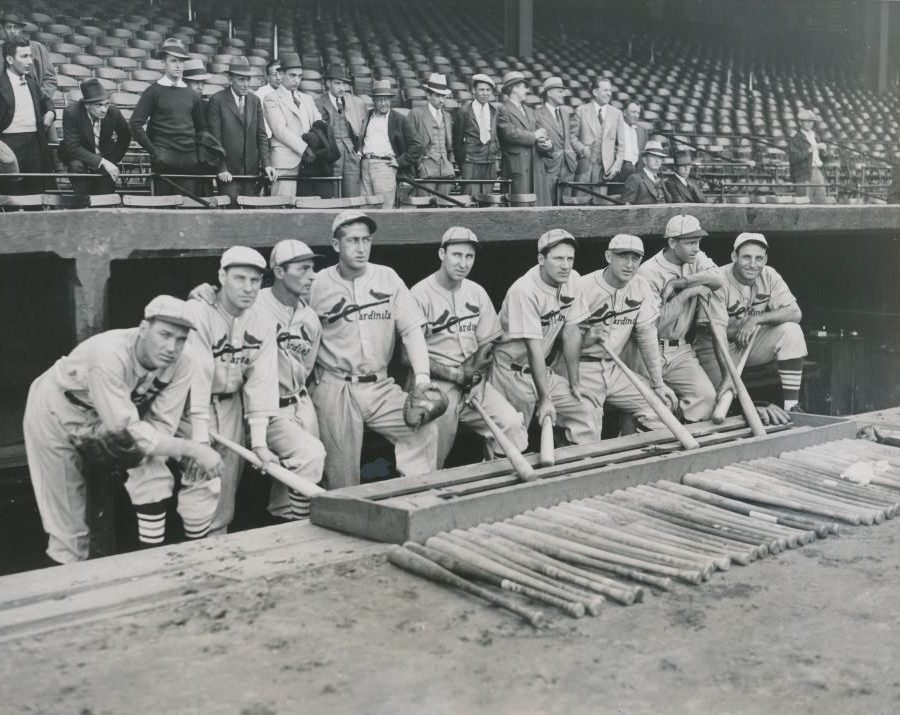
Joe Medwick’s Hall of Fame Career
But Joe Medwick was also a magnificent hitter. Over his 17-year career (1932-1948), the 5’10” 187-lb. left fielder hit .324, with 2471 hits, 1198 runs, 205 home runs, 1383 RBIs, .362 on-base percentage, and .505 slugging average. The ten-time All-Star led the National League in doubles and RBIs three times; hits twice; home runs, batting average, and runs once. He holds the major league record for most consecutive years with 40 or more doubles, set from 1933-39. In 12 World Series games (1934,1941), he hit .326 (15-46) with five runs, five RBI, and one home run. His OPS+ mark of 132 places him well above the average of his major league contemporaries. Although remembered mostly for his great years with the Cardinals from 1932-40, Medwick also played for the Dodgers, Giants, and Braves. He was a member of the 1934 World Series champion Cardinals. 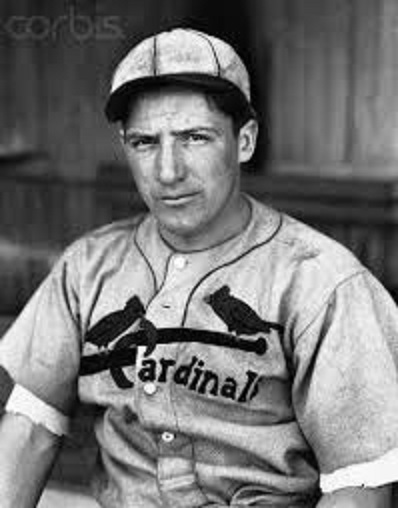
Joe had a career year in 1937, leading the league in all the following categories: games (156), at-bats (633), batting average (.374), hits (237), runs (111), doubles (56), home runs (31), RBIs (154), slugging average (.641), OPS+ (182), and total bases (406). Medwick won the National League Triple Crown and Most Valuable Player awards that year, still the last National League player to win a Triple Crown.
The Near-Fatal Beaning
The Cardinals sent the 28-year-old Medwick to the Dodgers in a multiplayer deal on June 12, 1940. Six days after the trade— 83 years ago today—in a game played at Ebbetts Field, Medwick was nearly killed by a beanball thrown by former teammate Bob Bowman. The Cardinal hurler blamed the incident on sign-stealing by Dodgers’ coach Chuck Dressen. He claimed that Dressen would whistle each time he saw the sign for a curveball. Hearing the whistle, Medwick stepped toward the pitch, expecting an off-speed curve. Bowman decided to cross him up and threw a high, inside fastball instead. When Medwick strode forward, the ball hit him in the temple, nearly killing him.
In the featured photo, we see Joe Medwick rendered unconscious after the beaning. That’s Bowman on the left, looking over the sprawled-out Medwick. The catcher is Don Padgett. Unlike Ray Chapman, who died from a beaning by Carl Mays in 1920, Medwick survived the incident but suffered a severe concussion and was never the same ball player.
Was It Intentional?
On the morning of the beaning, Medwick, Dodger Manager Leo Durocher, and Bowman had exchanged heated words in the elevator of Manhattan’s New Yorker Hotel. Bowman was slated to start for the Cardinals that day; and according to Durocher he shouted, “I’ll take care of both of you guys! Wait and see!”
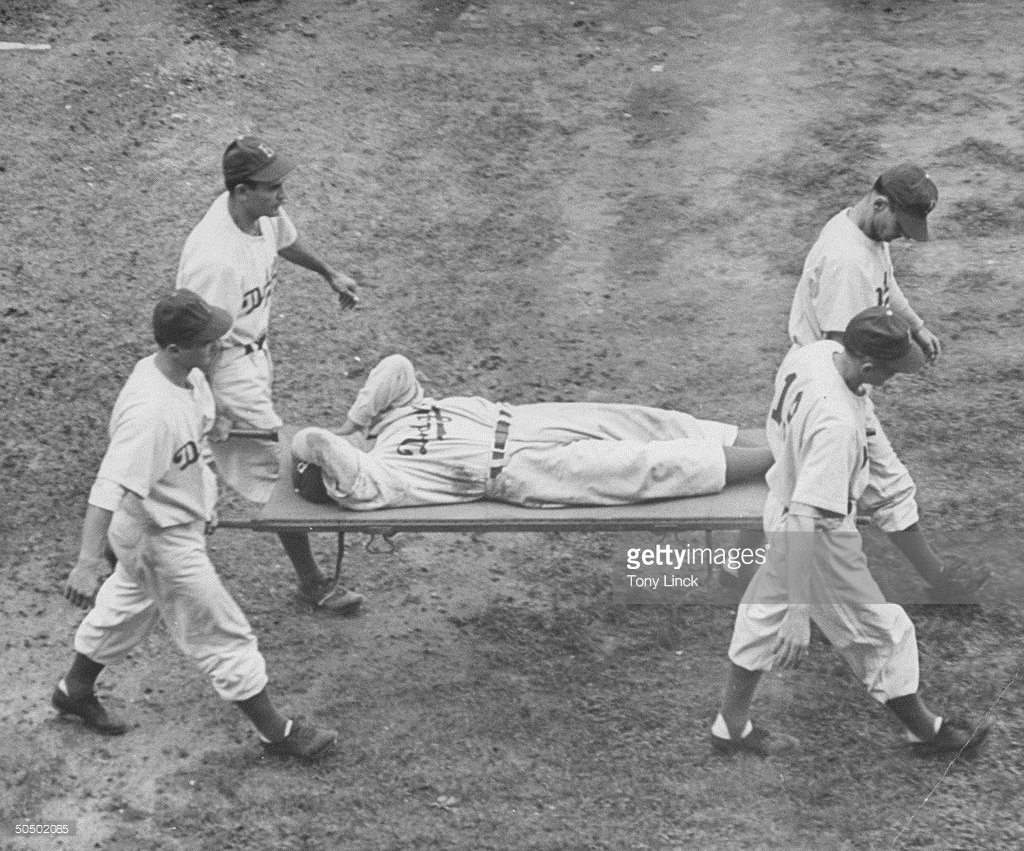
As Medwick was carried off the field, the angry Durocher had to be restrained from going after Bowman, screaming that Bowman had done it on purpose. Bowman was escorted off the field and back to his hotel under police guard. Although Medwick did come back that season and was able to hit .305, he was no longer the same hitter. He totaled only 21 homers between ’42 and ’44.
Removed for his own safety…
Medwick’s wackiest moment in baseball happened in Detroit during Game Seven of the ’34 World Series. In the sixth inning, Medwick tripled off the centerfield fence, sliding into third with spikes high. Whether he accidentally or deliberately spiked Tiger third baseman Marv Owen is not known. While he was on the ground, Medwick began kicking at Owen, causing punches to be thrown. Umpire Bill Klem broke up the struggle, and neither player was ejected. Medwick offered to shake hands with Owen but was refused.
Angry Tiger fans reacted by pelting Medwick with everything they had. Judge Landis, in attendance, summoned the umpiring crew, Medwick, and Cards manager Frankie Frisch to his box and decided to remove Medwick. The Cards won the game and the series but that incident had critics once again pointing fingers at the surly Medwick. Medwick remains the only player to be thrown out of a game “for his own personal safety.”
Medwick was elected to the Baseball Hall of Fame in 1968. He was named to the Sporting News’ list of Baseball’s Greatest Players in 1999 (number 79) and was nominated the same year as a finalist for the Major League Baseball All-Century Team. The Cardinals announced Medwick among 22 former players and personnel to be inducted into the St. Louis Cardinals Hall of Fame Museum for the inaugural class of 2014.
Gary Livacari
Photo Credits: Sports Illustrated, The Baseball Book; The Leslie Jones Boston Public Library collection; and public domain
Background information: Excerpts edited from the Joe Medwick Wikipedia page, and from the Dead Ball Era “Bad to the Bone” web page. http://www.thedeadballera.com/BadBoneMedwick.html
Subscribe to our website, Baseball History Comes Alive with over 1200 fully categorized baseball essays and photo galleries, now surpassing the one million hits mark with 1.005M hits and over 850 subscribers

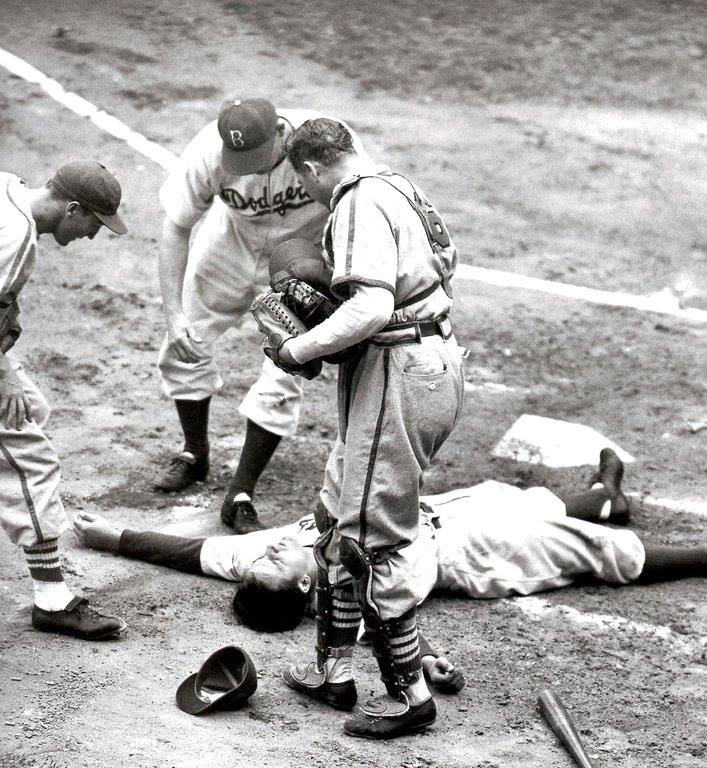
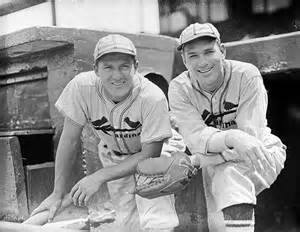
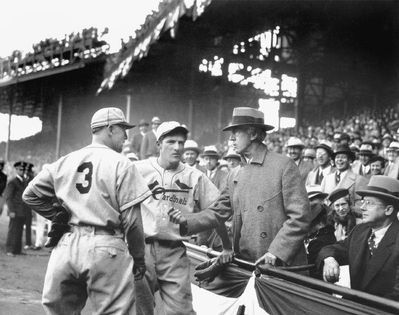
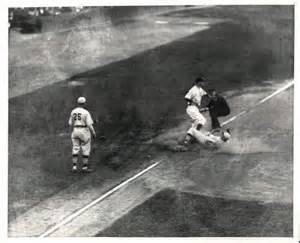
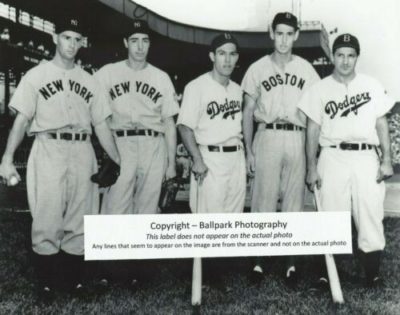
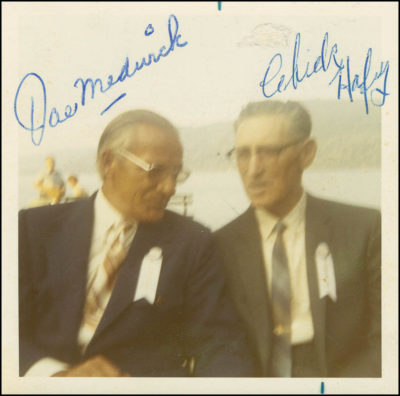
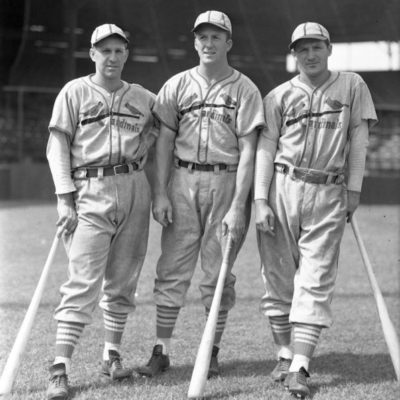
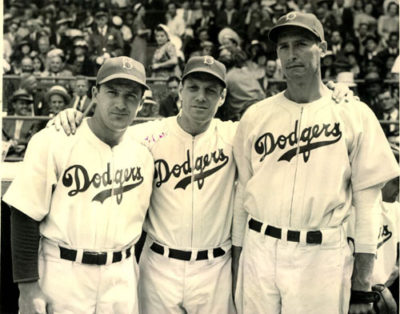
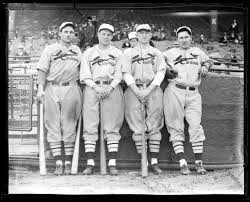
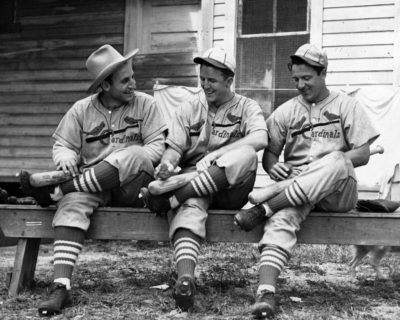
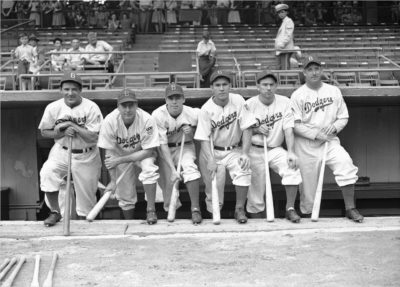
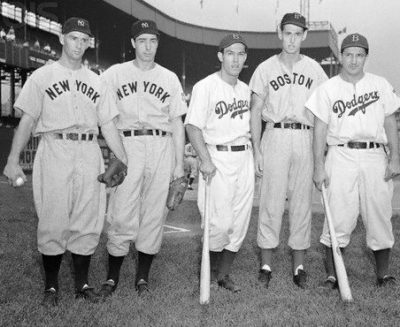
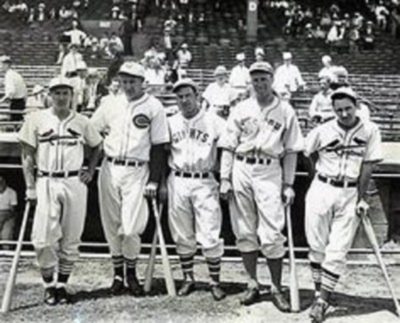
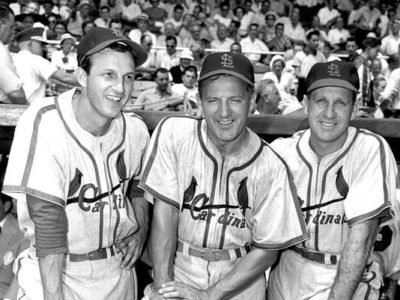
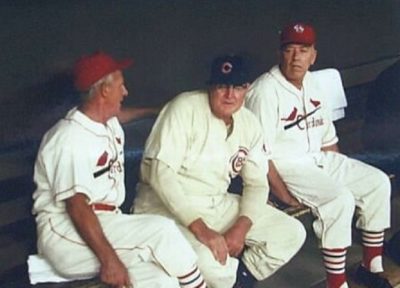
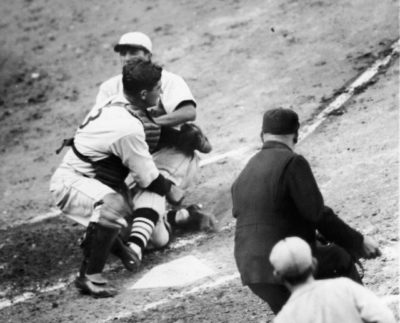
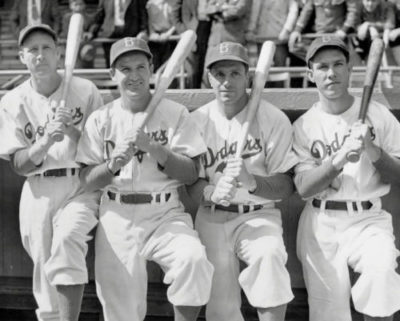
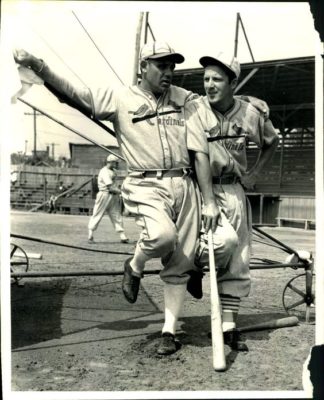
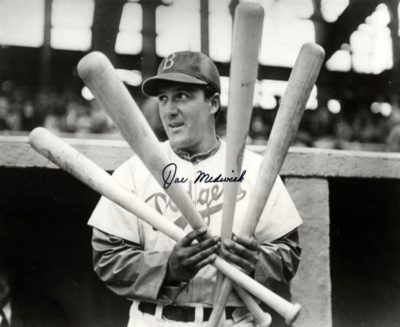
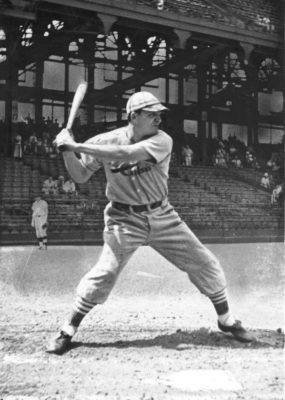
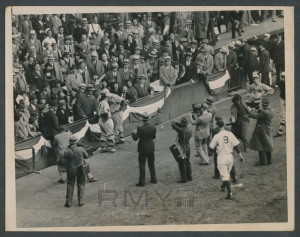
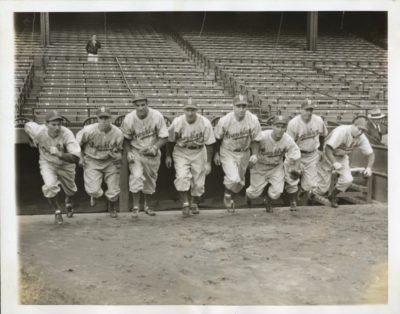
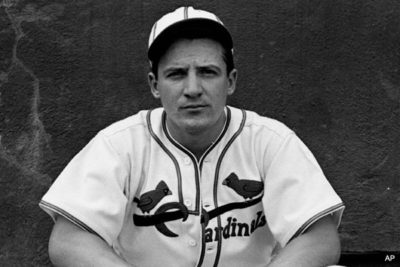
Joe’s cousin was a little league manager in Perth Amboy. The Earl of Carteret was probably the best Hungarian ball player ever!!
Another great story. Thanks Gary!
Gary,
What was the origin of his nickname “Ducky”?
Great piece by the way. Hadn’t heard about the conflict in the elevator before.
Here’s info from his SABR biography by Chuck Faber:
“While playing with Houston, Medwick acquired the nickname Ducky. Some say it was because he waddled like a duck when he walked. His teammates picked up on it and started calling him Ducky or even worse Ducky Wucky. Joe detested the name, but it caught on and for years sportswriters routinely referred to him as Ducky. Medwick much preferred to be called Muscles and induced some of his teammates to use that appellation.”
Very informative article, Gary. I knew about the Medwick/Owen fracas, but your insight provided me with many details that I hadn’t known. The fact that the “tyrant” Commissioner Landis had solitary control of MLB during his tenure, is evidenced by his removal of Medwick from the game to “protect his safety from the fans”. Of course, we all know that sort of a ruling wouldn’t happen now-a-days. Stadium security was virtually non existent in the early days. Even as late as the 70’s, it was still not enforced that well, as we can recall the fans rushing onto the field while Carlton Fisk is trying to run out his Game 6 walk-off HR in the ’75 WS. I never knew about Medwick’s beaning, so to satisfy my curiosity, I found out a few facts about the use of batting helmets in MLB : After the beanings of Medwick, Ray Chapman, etc; it took about 2 decades before a team required some form of head protection. In 1941, Brooklyn GM Larry McPhail required ALL of his players to wear head protection. In 1956, the NL mandated that all players use a protective cap or hat insert. {The AL followed suit in ’58}. In 1983, MLB required players use a protective ear flap {single or dbl.} And more recently, some players use a helmet with the “C-flap” attached for added protection to the face area. These head/face protection improvements just might have prevented Boston’s Tony Conigliaro’s devastating injury back in 1967. Another job well done, Gary. Thnx. Happy Fathers Day! “PLAY BALL”
Thanks Tom…great info as always! HFD!
This one took off on Facebook…last I checked over 3.1K likes! Also we just set a new all-time hits record with over 7800 hits today on the Baseball History Comes Alive website! And the day’s only half over as I write this!
Update: Finished the day with a record setting 9528 hits! 4.7K “likes” on Facebook. I had no idea this one would strike a nerve like it did…you never know!